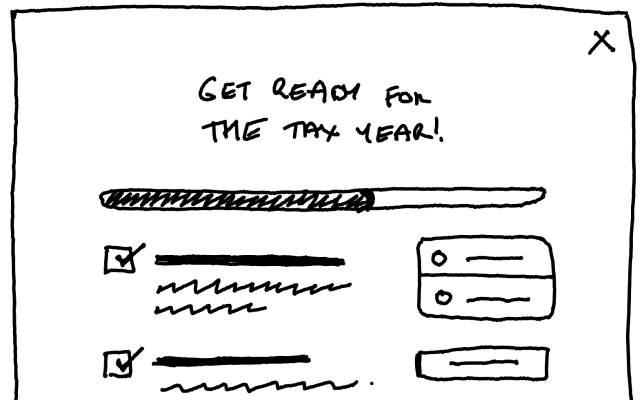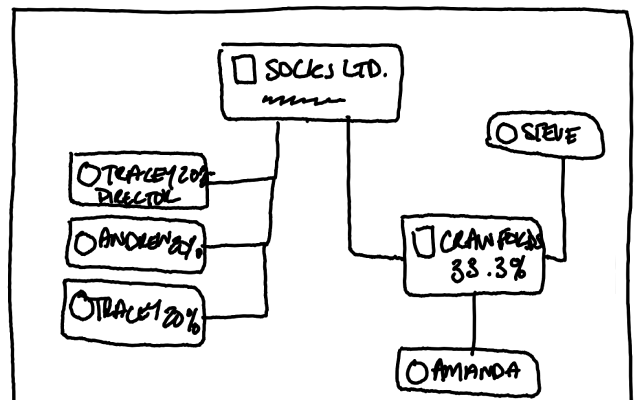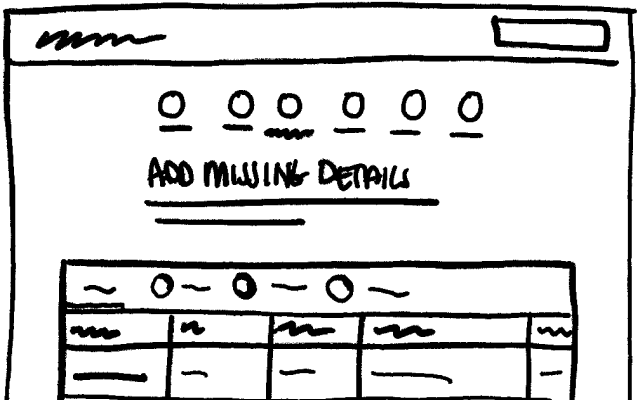National Minimum Wage
Supporting employers to confidently pay their employees at or above national minimum wage
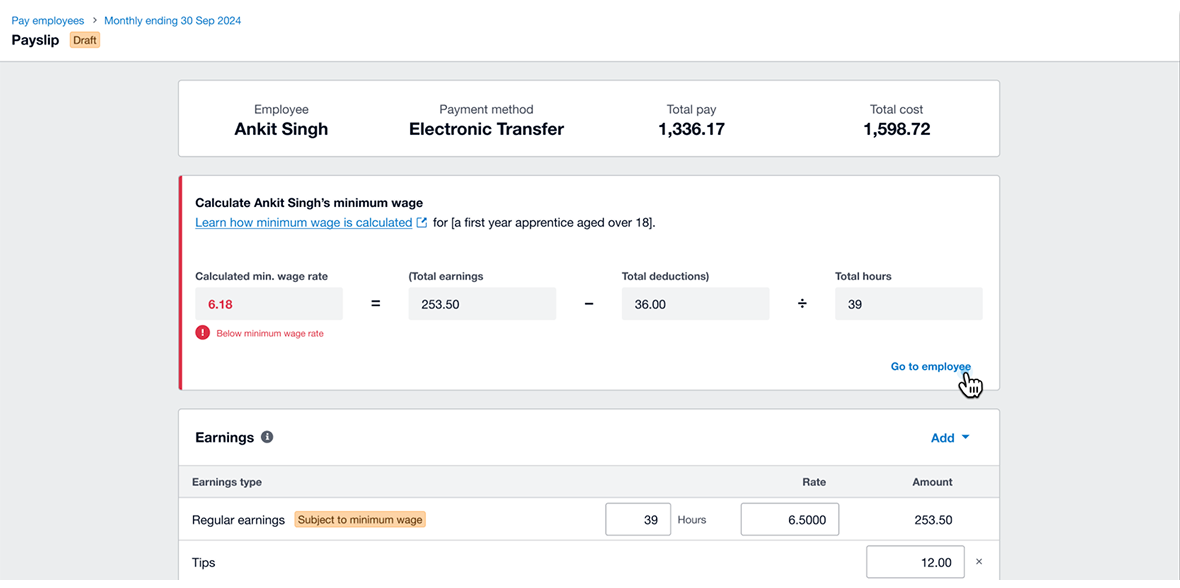
Opportunity
National Minimum Wage is the minimum hourly rate expected for employees to be paid. In the UK, this is calculated across age, type of employment, pay items, and how the employee is paid. Due to the hidden complexity of the calculation, it is easy for payroll admins to unknowingly pay their employees below National Minimum Wage. We saw an opportunity to inform when any employees were paid below minimum wage and make the calculation more transparent as a point of difference to our competitors.
Result
While the project was paused due to external dependancies, the design and research demonstrated significant user and business value. We consolidated 4 complex compliance variables (hourly vs annual, pay items, director contracts, and apprentice data) into a single, cohesive user experience that gave transparency to the calculation.
Role
Lead designer
Big thanks to
Product manager
Business Analyst
Compliance officers
Lead engineer
Content designer
Payroll designers
Design system designers
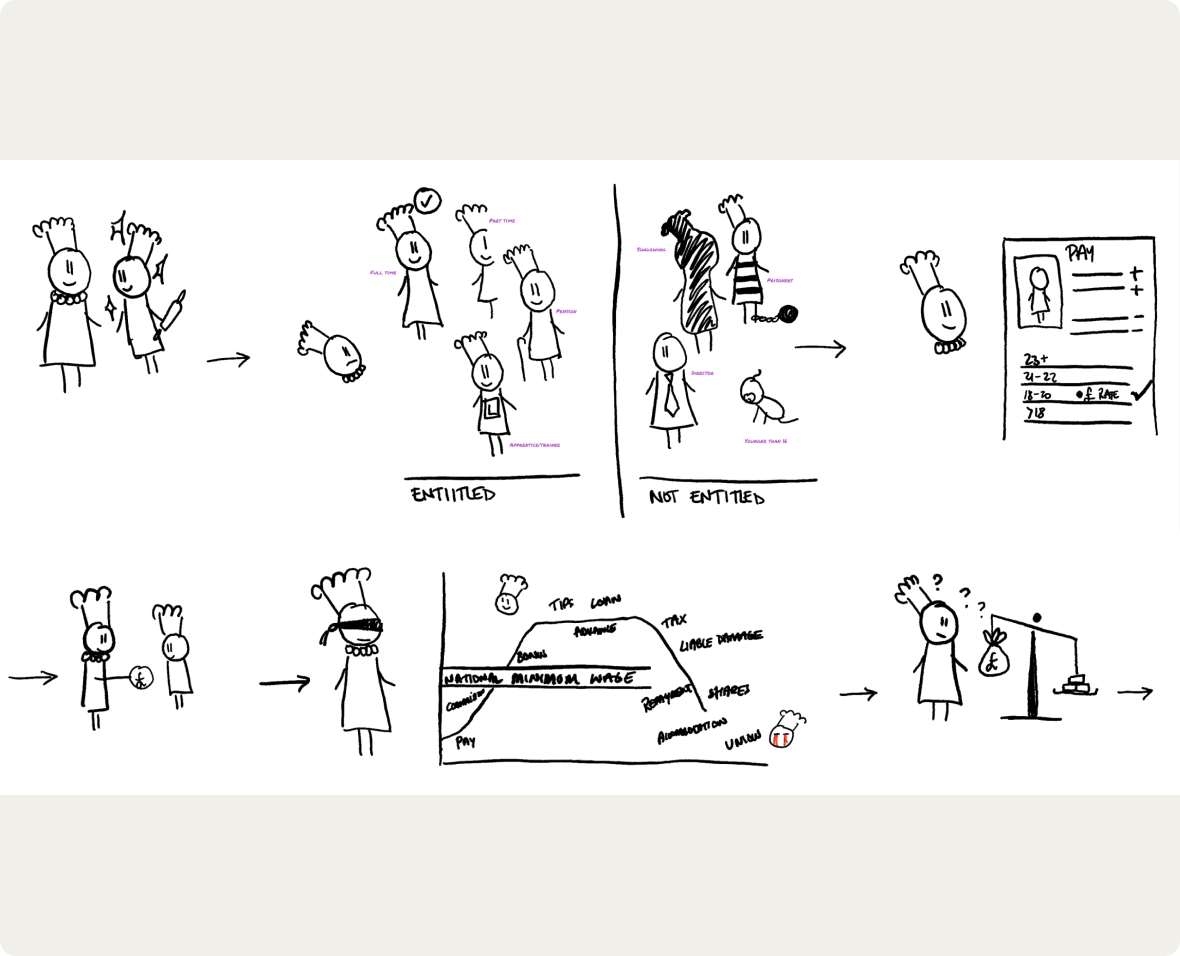
Understanding National Minimum Wage
To rapidly understand the requirements for National Minimum Wage and to empathise with payroll admins, I drew out the experience of a small business owner to demonstrate my understanding and teach others. I then tested my understanding by walking internal payroll admins, compliance officers, and my team through the story correcting areas I misunderstand, and highlighting areas that we needed to learn more.
Breaking down the problem
There are four themes I identified as a gap between the needs of a payroll admin, and the product:
– Eliminating data gaps to calculate accurately
– Educating how minimum wage is calculated
– Amount earned (when posting a pay run below minimum wage)
– Tracking annual salaried employees
By breaking the problem down into specific jobs, I could generate a range of potential solutions for each. I then assessed each idea against how effectively they solved the problem and how they integrated together.
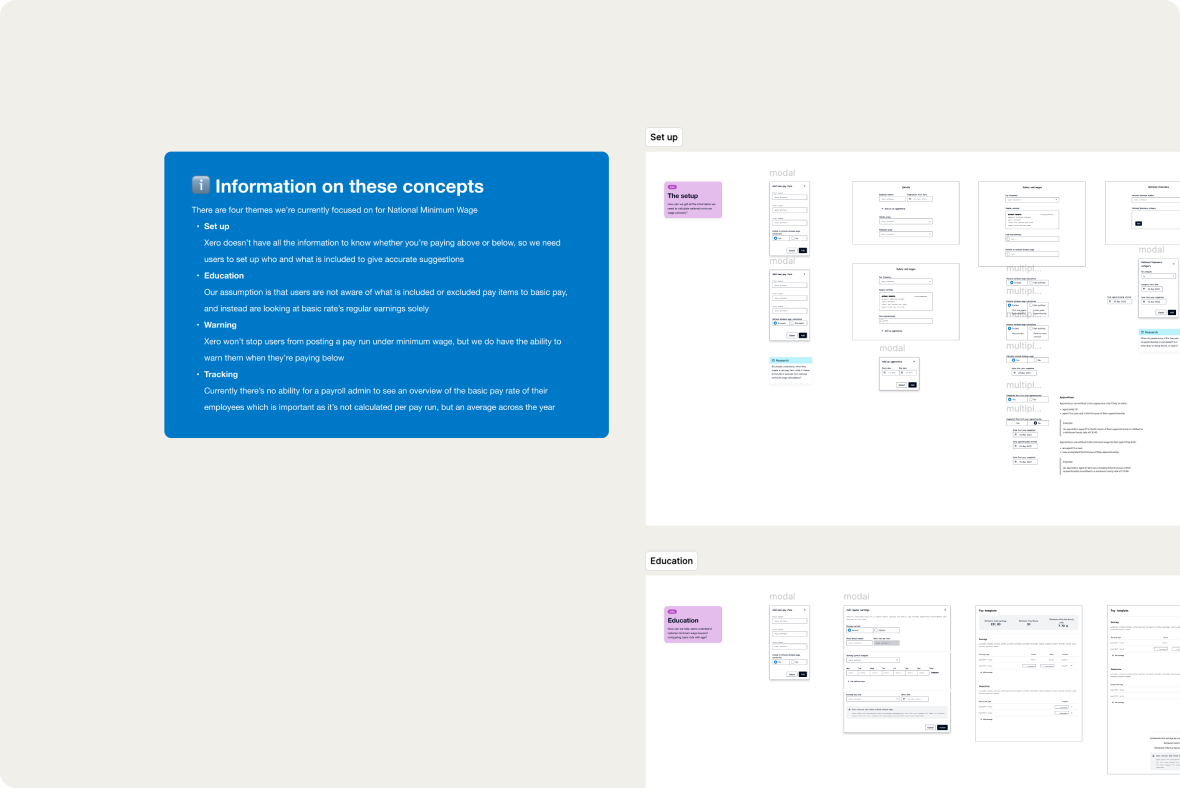

Mapping the interactions
To understand the journey and requirements for minimum wage in product, I created a flow diagram. This helped me understand the journey from A to B and optimise how a user will interact with the product before I design the details. This allowed me to have early conversations with my team and not lose my way in the detail.
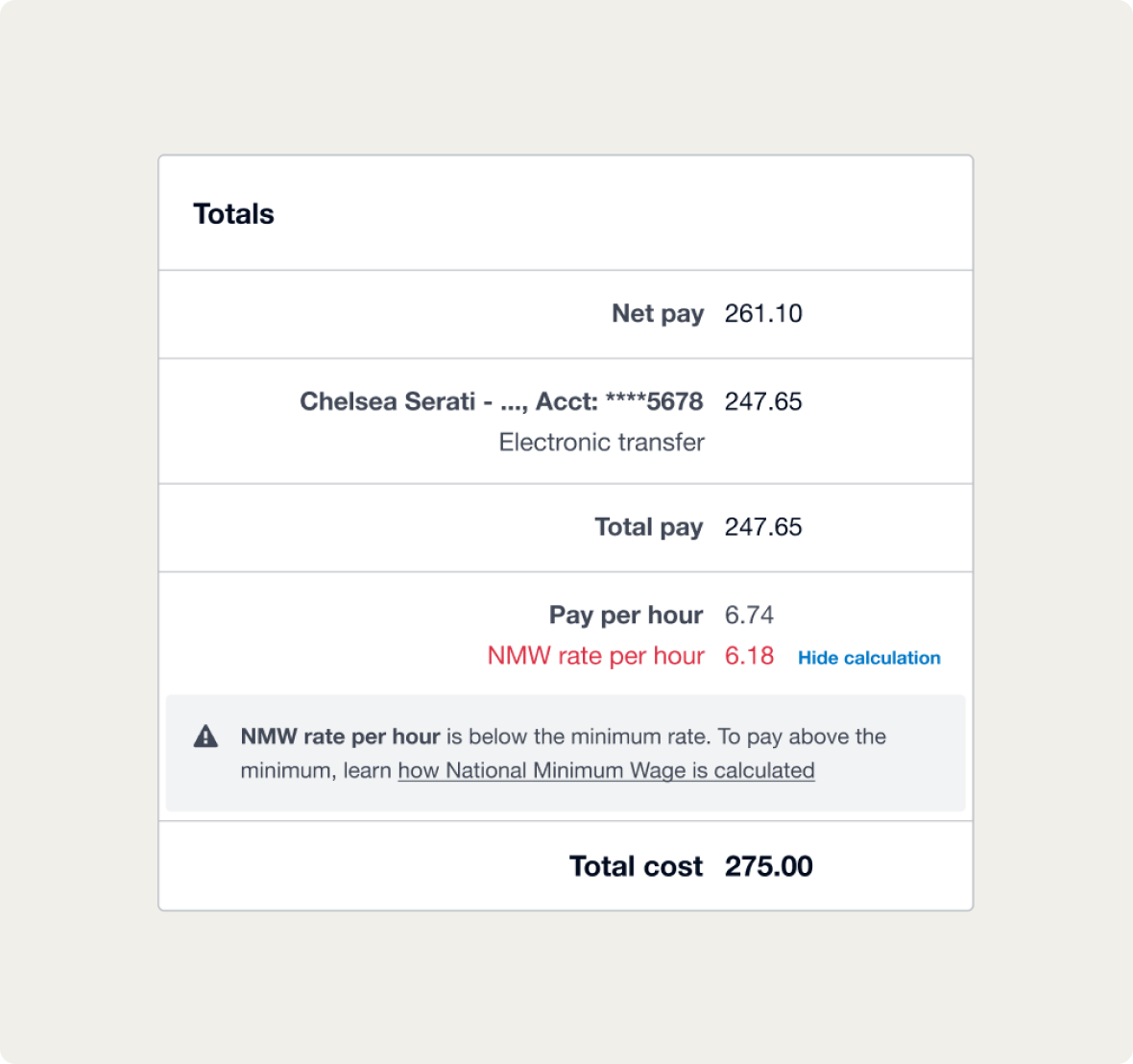
Demonstrating the average per hour
On a pay run, there is more than one calculation for the average pay per hour. The challenge was to demonstrate the average per hour specific for national minimum wage, and not confuse payroll admins with any of the other averages. Like Edison, I successfully discovered multiple ways to not show the average minimum wage calculation, before finding a transparent and accurate way that increased comprehension and trust.
Need to show the calculation
I user tested a prototype that displayed the minimum wage calculation on the payrun after a click. While all participants were able to see that some employees were paid below minimum wage, none found the button to show the calculation. I knew this was important to solve as one participant had the rates printed and laminated next to their desk to refer to. So I redesigned how we might show the calculation without a click.
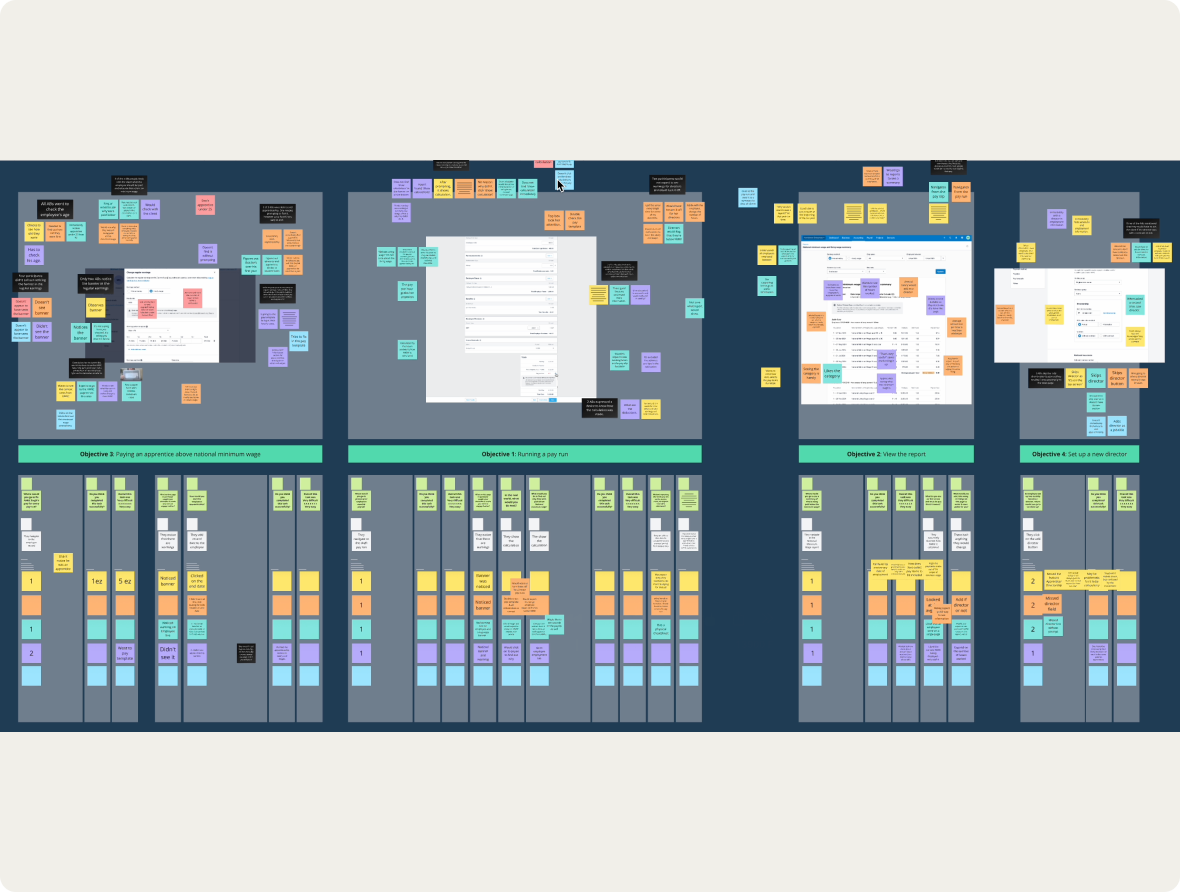
Live calculation
Working closely with the engineering team, I outlined the goal of bringing the calculation into the context of the pay run. Together we designed and developed a real-time calculation in the pay run. This helped payroll admins see the effects of their changes immediately in the pay run.
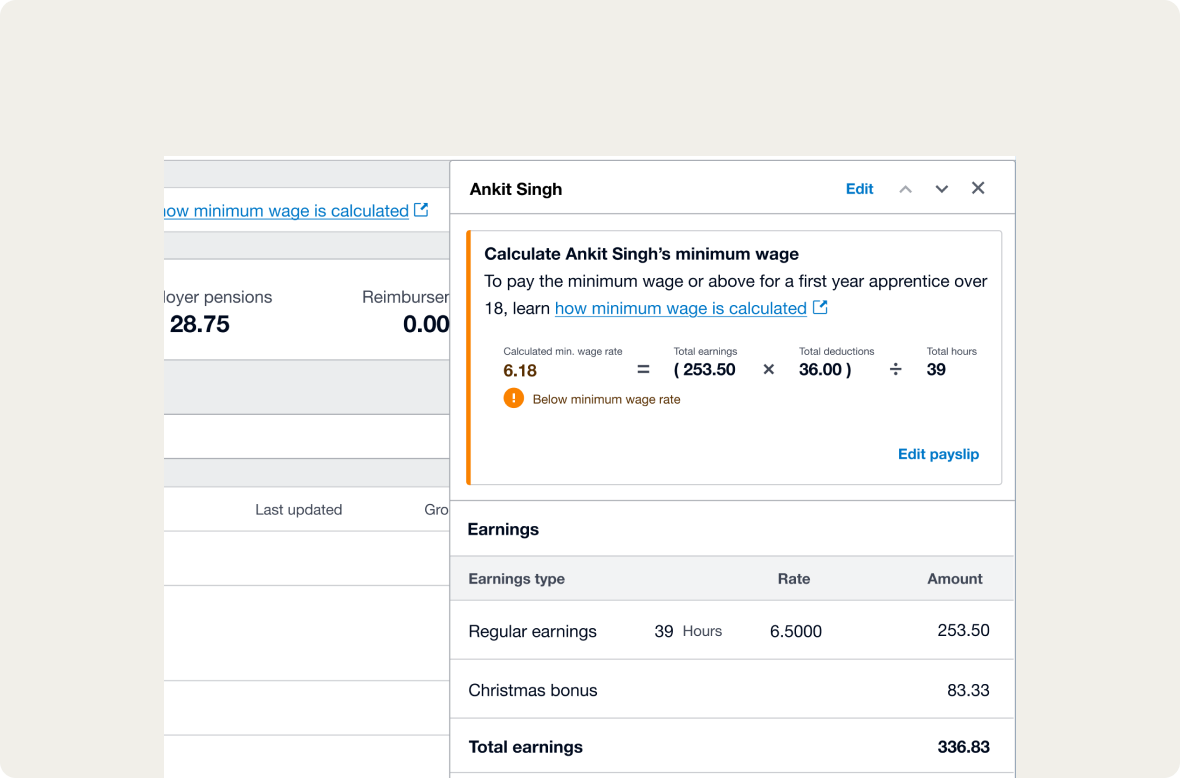
Designing for scale and reusability
The pay run page (where the pay run is processed and where I was showing the calculation) was being redesigned. In collaboration with the pay run and the design system team, I redesigned a modular reusable component ensuring the solution was robust and adaptable for the new pay run design, saving anticipated rework costs.
Other projects
End of tax year checklist
Guide payroll admins through the tasks to complete their payroll year end and get ready for the new year
Client connections
Capture the connections between people and organisations for an accurate representations of a client

